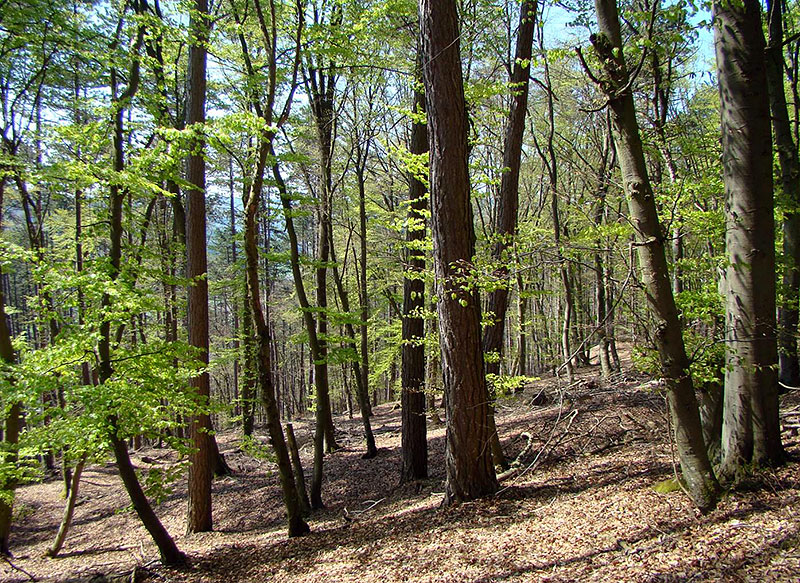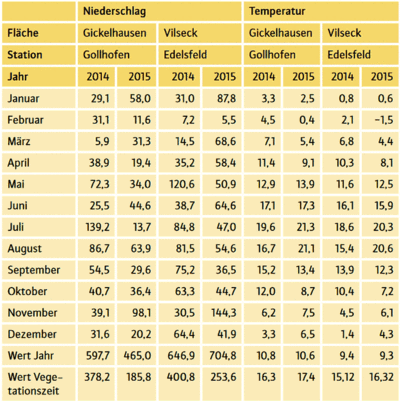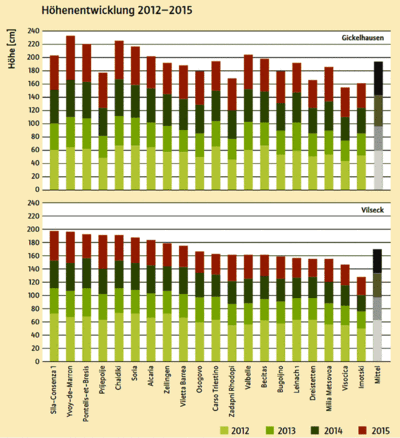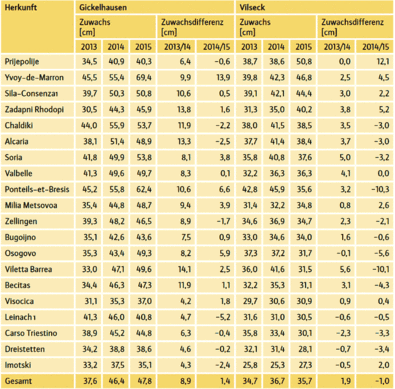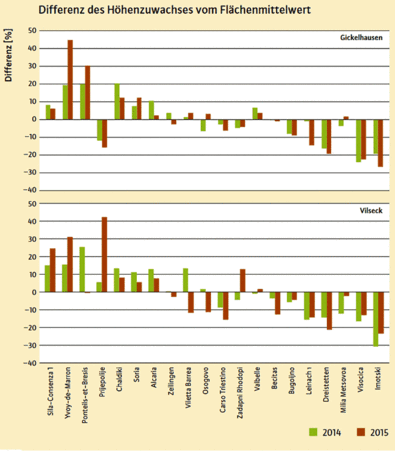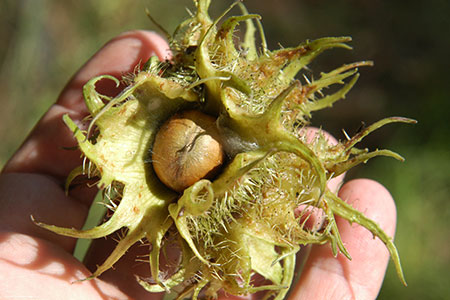The expected significant temperature increase in the next decades will lead to a grave change in the conditions for forest growth in the warm/dry regions and in the alps. In total, 260.000 hectares of forest in Bavaria have to be supplemented with climate tolerant tree species in the next years. But which tree species, and in particular which provenances, will be able to handle the future climatic conditions the best and fulfill the expectations of forest management?
A possible alternative tree species could be the black pine (Pinus nigra), which is widespread throughout southern Europe and achieves high growth rates despite having a high resistance to drought. The tree species was introduced into Germany 150 years ago (primarily in Bavaria) from provenances in Austria. Its cultivation in Bavaria preferably took place on dry, stony and shallow soiled sites on which other tree species display an unsatisfactory level of productivity; this species has only played a minor part in the establishment of forests tolerant to climate change.
Black pine provenance trials
The Bavarian Office for Forest Seeding and Planting established a black pine provenance trial with provenances practically from its entire range. Twenty different black pine provenances were planted and analyzed on the two test areas in Gickelhausen (Middle Frankonia) and Vilseck (Upper Palitinate) (Fig. 2).
Weather patterns in the trial time period
The climate data were determined on the basis of the agrometeorological weather stations (distance max. 12 km) as well as the site specific information system of the Bavarian Forestry Administration. Since the establishment of the trial areas a clear trend in the weather patterns can be seen: average annual temperatures have increased and precipitation has dropped (Fig. 3). During the dry year of 2015 the precipitation decreased during the growing season (May-September) and the monthly temperatures, especially in August and September, continued to rise (Fig 4.). The values measured in 2015 already reached those predicted in the 2071-2100 climate projections - measured values for precipitation were sometimes even lower than those predicted and were critical for many tree species.
The higher temperatures cause more evaporation and the water consumption of the trees increases. If precipitation decreases at the same time then the water supply in the soil will be consumed faster; drought stress from a multitude of tree species is the result. On both trial areas no direct influence of drought such as an increase in mortality, transparency or withered shoots could be observed for the black pine provenances.
Height growth of the provenances
Due to the more favorable site conditions in Gickelhausen the average growth in the height of the black pine was better there in comparison to Vilseck. The average height in 2015 was 193 centimeters in Gickelhausen and 170 centimeters in Vilseck (Fig. 5). The percent difference between both trial areas over all provenances amounts to 13.5%.
The provenances with the best growth in height come mostly from the southern part of its range. The provenances from Calabria and Corsica (Sila-Consenza1 und Yvoy-de-Marron), the spanish provenance Soria as well as the greek provenance Chaldiki displayed the best growth in height. In comparison the two provenances Zellingen and Leinach1, which have already been introduced into Bavaria, only grew average or below average. The height development of the Austrian provenance Dreistetten from the northern part the black pine range also fell far behind.
A look at the average growth of the provenances (Fig 6.) shows that the dry year of 2015 had an influence on the average height growth on both areas. The expected exponential increase was at least curbed by the dry year. In order to filter out the site specific influences the height growth of both areas was normalized with the respective yearly average of area and subsequently sorted by the productivity of the provenance. Provenances with the best productivity also display an above average reaction to the dry year (Fig. 7). Sila-Consenza1 and Yvoy-de-Marron displayed the best overall growth properties. In addition, above average performance and positive growth could be observed from the Greek provenance Chaldiki and both Spanish provenances Soria and Alcaria.
The results make it clear, that the provenances with good growth also possess an above average resistance to drought - and conversely, the provenances with the worst growth resulted in below average values for drought resistance.
The black pine as an alternative
Even with the black pine there are large differences in growth between the provenances. A high resistance to drought could be confirmed: The growth rates in height are still considerable from May till June (primary months for growth) despite the low precipitation during the growing season. On suitable sites the black pine portrays itself as an alternative conifer species in times of climate change. Additionally, it even produces higher growth yields than Scots pine.
The previous silvicultural practice to primarily use the Austrian black pine provenances (Pinus nigra var. austriaca) for cultivation in Bavaria is to be reconsidered in favor of the good growth characteristics of the Corsican or Calabrian provenances. In addition to the above average performance in height growth and very high drought resistance, other favorable qualities include fine branches and a well formed stem. The provenance is also not susceptible to late frosts. However, the Corsican provenances are sensitive to winter temperatures under -22°C in young stands and its cultivation is not recommended in continental climate regions or in the higher elevations of the mountains.
The black pine is a wise alternative for the cultivation of climate tolerant forests in regions where regular dry spells are expected. Suitable provenances avoid deficits in growth and an increase in drought resistance and quality.

